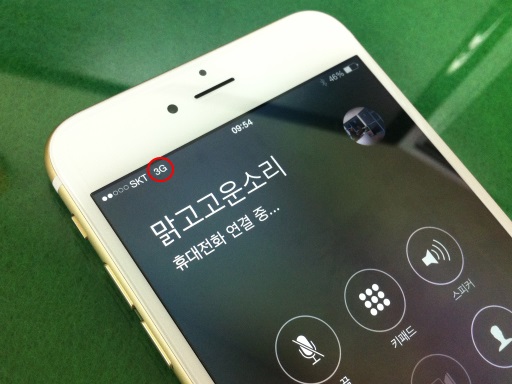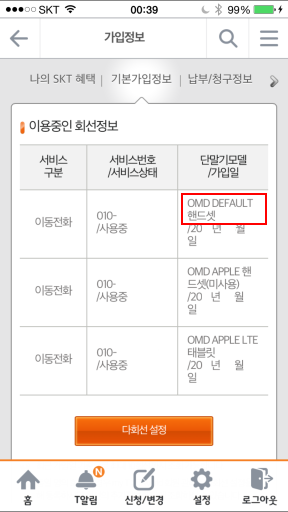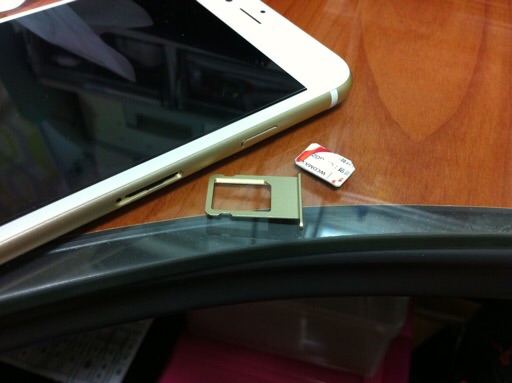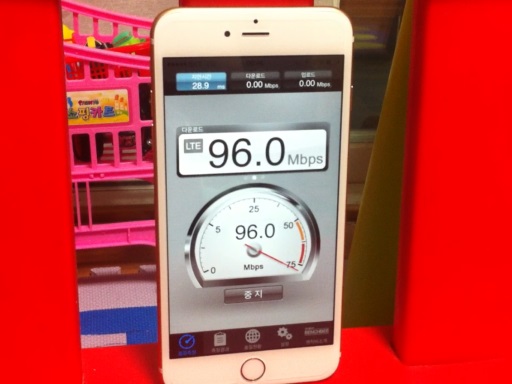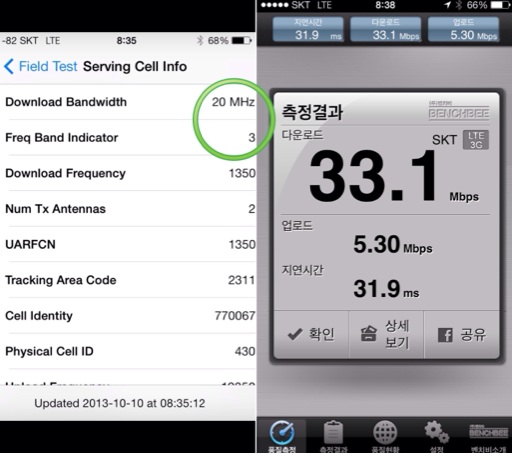Summary of iPhone 6 Plus reviews
Posted by Wesley on
For nearly a month, I've been using my iPhone 6 Plus every day. As one of the first users of such device in Korea, I decided to take an in-depth look at its improvements and functions whenever I can, to show what the Korean users are going to get soon. Now all the hard work is done, and I present to you the summary of all the reviews I wrote about it.
iPhone 6 series will finally launch in Korea officially on October 31, 2014, according to Apple's official announcement, and carriers are preparing to accept pre-orders about a week before that. I hope these reviews will help you decide if iPhone 6 Plus is right for you.
iPhone 6 series will finally launch in Korea officially on October 31, 2014, according to Apple's official announcement, and carriers are preparing to accept pre-orders about a week before that. I hope these reviews will help you decide if iPhone 6 Plus is right for you.
| Preview | Summary |
|---|---|
 |
0. One of the first iPhone 6 Plus in Korea (2014-09-19) |
| Wesley gets his iPhone 6 Plus on the first launch day in Japan and brings it to Korea. | |
 |
1. iPhone 6 Plus - Unboxing & First Look (2014-09-22) |
| The box containing the iPhone 6 Plus is opened up, and the phone is taken an all-around look. The bump caused by the camera lens is also examined. | |
 |
2. Protecting my iPhone 6 Plus (2014-09-23) |
| Front and back side protection films are applied to the iPhone 6 Plus. Then, it is put inside a belt case intended for Galaxy Note series. Apple's own leather case is also tried out. | |
 |
3. Sizing up the shape & size of iPhone 6 Plus (2014-09-23) |
| The size, thickness, and shape of the iPhone 6 Plus gets compared to other devices. It is first compared to other iPhones and iPads, then to a comparatively-sized Android smartphone. | |
 |
4. iPhone 6 Plus - LTE Compatibility & Speed (2014-09-24) |
| Unlocked iPhone 6 Plus bought overseas is found to have LTE working on Korea's SKT & KT networks automatically. Also, real life LTE speed comparison is made between the 6 Plus and the 5S. | |
 |
5. iPhone 6 Plus - VoLTE Compatibility (2014-09-25) |
| Initially, all calls were made in 3G mode despite changing the settings to allow VoLTE. To have the VoLTE actually working, a visit to an SKT branch office and a device registration process was needed. | |
 |
6. Testing iPhone 6 Plus battery w/o bending (2014-09-29) |
| Real-life battery discharging and charging tests are performed simultaneously on iPhone 6 Plus and iPhone 5S to see the difference. Belt cases made sure the phones didn't bend. | |
 |
7. iPhone 6 Plus - General Performance (2014-10-01) |
| Performance comparison across multiple apps are made between iPhone 6 Plus and iPhone 5S. This included 3DMark, Geekbench, and various JavaScript tests. | |
 |
8. iPhone 6 Plus - Camera's Quality (2014-10-01) |
| Compared to iPhone 5S, the camera on the iPhone 6 Plus has improved dynamic range and enhanced night time photography performance. Image stabilization works well, too. | |
 |
9. iPhone 6 Plus - Camera's Speed (2014-10-04) |
| The focusing performance of the iPhone 6 Plus is noticeably more advanced than iPhone 5S. Burst mode shooting and slow-motion video recording also saw improvements. | |
| 10. iPhone 6 Plus - M8 Motion Co-processor (2014-10-08) | |
| The M8 motion co-processor and its new barometer are tested out by walking up the stairs and seeing how many floors are registered. Other uses are also taken a look at. | |
 |
11. How far does iPhone 6+ & SKT's VoLTE go? (2014-10-13) |
| How the SK Telecom's network treats the attempts to make a VoLTE call from iPhone 6 Plus varies by how the person at the other end is connecting. All the possibilities are tested. | |
 |
12. Thoughts on a month of iPhone 6 Plus use (2014-10-14) |
| Using the iPhone 6 Plus one-handed is not as convenient as Apple would hope. However, the big screen that caused this also offers many benefits that maybe considered as worthy trade-offs. |
Defined tags for this entry: A1522, A1524, A1530, A1533, A1549, A1586, barometer, belt case, camera, Focus Pixels, iOS 8, iPad, iPad mini, iPhone 3GS, iPhone 4S, iPhone 5, iPhone 5C, iPhone 5S, iPhone 6, iPhone 6 Plus, KT, LGU+, LTE, Reachability, screen protector, SK Telecom, VoLTE
